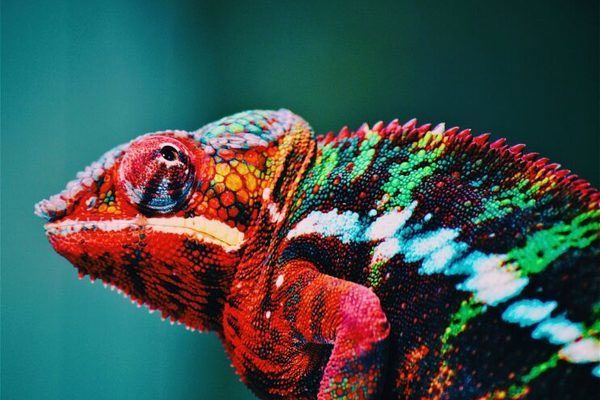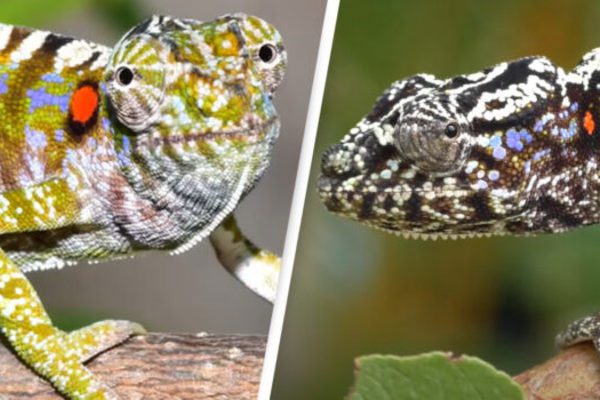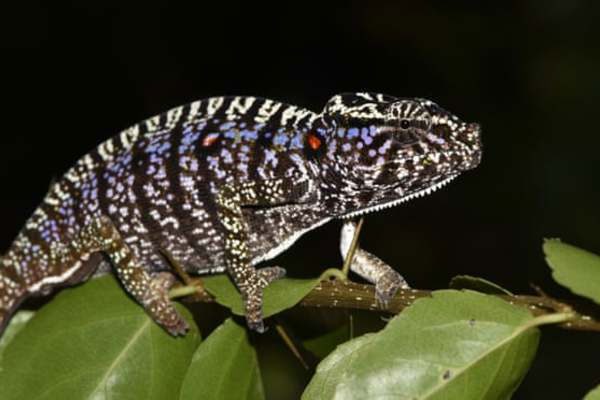After a Century, Scientists Have Discovered the Voeltzkow’s Chameleon Has Reappeared.
Scientists have found that the Voeltzkow’s chameleon, once thought to be permanently extinct, has been rediscovered during an expedition around the northwestern island of Africa. This elusive chameleon was last seen in Madagascar a century ago.

This species of chameleon is incredibly elusive.
The Voeltzkow’s chameleon typically thrives during the rainy season, reproducing and growing rapidly, yet it has a very short lifespan.
These chameleons possess remarkable camouflage abilities. Females often change to vibrant colors when stressed, pregnant, or in the presence of males. Their fleeting lifespan, combined with their habitat, makes them one of the hardest reptiles to capture in the wild.
Chameleons are well-known for their ability to hide from predators as well as when hunting prey, but being elusive for an entire century is indeed impressive.

They possess remarkable camouflage abilities.
This breakthrough is significant as researchers now have the opportunity to observe and hopefully understand behavioral patterns and many other details, since even the most basic data has not existed until now.
Salamandra, a group of researchers from the Species Collection Agency, published research findings indicating that genetic analysis of the Voeltzkow’s chameleon revealed it is closely related to the previously known Labord’s chameleon.
The Voeltzkow’s chameleon has a short lifespan, living only a few months, which is the shortest recorded lifespan for a four-legged vertebrate. In their natural habitat, the eggs of this species hatch with the first rains in November.

Voeltzkow’s chameleon has a short lifespan, living only a few months.
With rapid growth, they reach sexual maturity by January. Afterward, they seek mates, laying eggs around late February to early March, ultimately ending their life cycle after a few months. This is the shortest lifespan ever recorded for a four-legged vertebrate.
In fact, researchers began a rapid search for the Voeltzkow’s chameleon in Madagascar’s forests in March 2018 but yielded almost no significant results until the expedition was nearing its end. Just days before the journey’s conclusion, a guide unexpectedly discovered a healthy Voeltzkow, followed by three males and fifteen females, all in good condition and of reproductive age.
As the Voeltzkow’s chameleon is endemic to a very small area in Madagascar, researchers believe this species may qualify as endangered, as its population is fragmented and its natural habitat continues to decline.
The Voeltzkow’s chameleon was first described in 1893 by German scientist Oskar Boettger. However, the intriguing characteristics of this species became widely known through the in-depth studies of biologist Alfred Voeltzkow, after whom it was later named in full to honor him.


















































